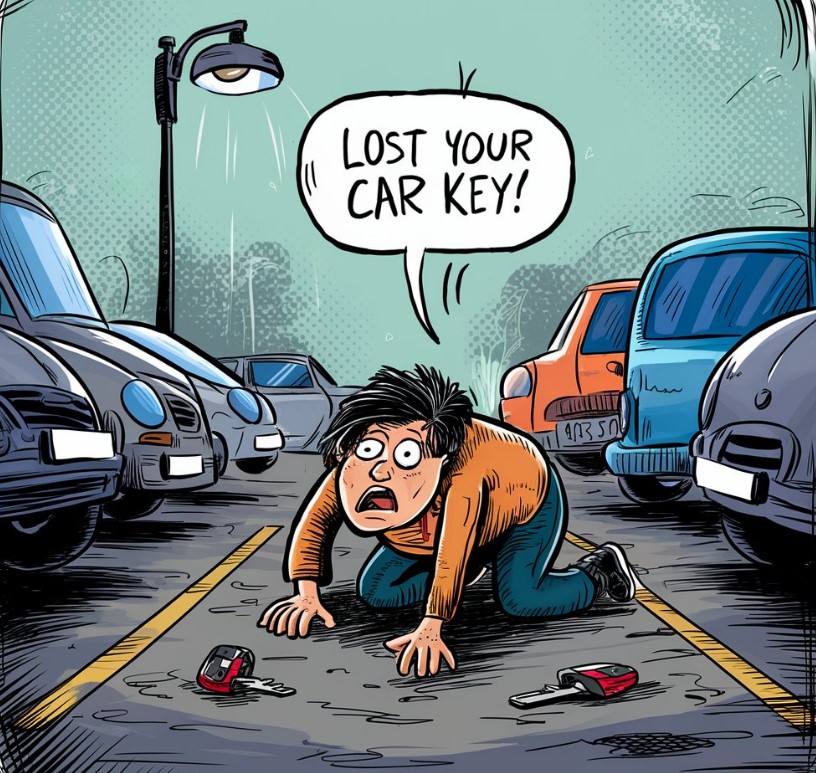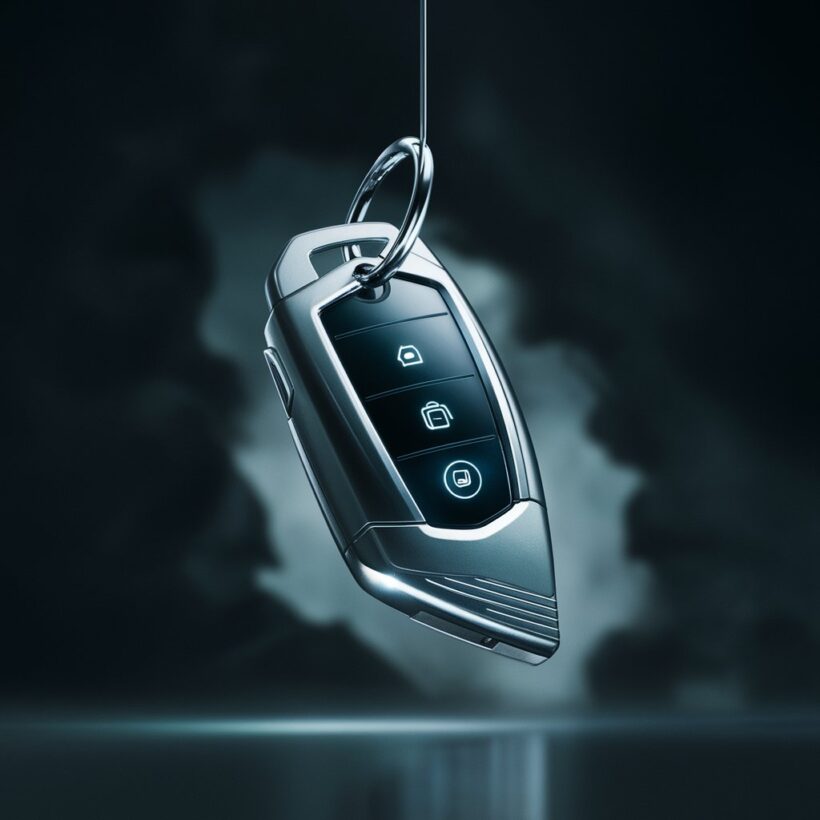Losing a car key is a common yet stressful occurrence that can disrupt your day and potentially leave you stranded. Whether it slipped out of your pocket, got left behind at a café, or simply disappeared within the depths of your home, the disappearance of a car key requires a prompt and organized response. In this comprehensive guide, we’ll walk you through the steps you should take if you find yourself in this frustrating situation, ensuring you can navigate the ordeal with minimal hassle.
Step 1: Don’t Panic, Start Searching
When you realize your key is missing, it’s crucial to remain calm. Panic can cloud your judgment and hinder your ability to recall your last steps. First, take a deep breath and try to stay calm. Start by thoroughly searching the area where you believe you might have lost it. Panic can cloud your judgment and make it harder to find your key if it’s nearby. Retrace your steps and check common areas where keys are often misplaced such as bags, pockets, drawers, and underneath furniture. Be sure to check the immediate area around your car; the key could be lying nearby if it fell out of your pocket.
Step 2: Secure a Safe Location
If you’re away from home, ensure that your vehicle is in a safe location to prevent theft or towing. If necessary, pay for secure parking or ask a nearby business if you can keep your car in their lot while you sort out a solution.
Step 3: Locate Your Spare Key
If you cannot find the original key after a thorough search, locate any spare keys you might have. These might be at your home, with a family member, or possibly at your workplace. If someone can bring the spare key to you, this is the quickest way to resolve your situation.
Step 4: Consider Your Car’s Model and Make
Understanding the type of key you’ve lost is important. Modern vehicles often use smart keys that are equipped with chips and require professional programming. Older models might have more traditional keys, which are simpler and cheaper to replace.
Step 5: Call for Roadside Assistance
If you have a roadside assistance service, now is a good time to call them. Services like AAA can provide lockout assistance. Although they won’t replace your lost key, they can help you get into your vehicle if you’ve locked your spare key inside.
Step 6: Plan for a Tow
If you cannot gain access to your car or drive it without the key, you might need to tow it. This is especially true for modern cars with advanced security features. Consider towing it to your home or directly to a dealer or certified locksmith who can assist further.
Step 7: Reach Out to a Dealership or Locksmith
Dealerships can provide a replacement key for almost any type of vehicle, but often at a higher cost and with longer wait times. A certified locksmith may be a more economical and quicker option, especially if they specialize in automotive services. They can typically make new keys, even those with chips, on site.
Step 8: Prove Your Ownership
Whether you opt for a dealership or a locksmith, you’ll need to prove that you own the vehicle. This generally involves presenting your vehicle registration, VIN (Vehicle Identification Number), and a valid ID. Keep digital copies of important documents on your phone or in a secure cloud storage for easy access in emergencies.
Step 9: Obtain a New Key
Once your ownership is confirmed, the dealership or locksmith will create a new key for you. If your key required a chip, the new key will also need to be programmed to your car’s specific settings. The entire process can take a few hours or, in some cases, a few days.
Step 10: Test the New Key
It’s important to test the new key while still at the dealership or locksmith’s location to ensure everything works correctly. Check both the ability to unlock the doors and start the engine. Once your new key is made, make sure it works properly both to unlock the car and to start the engine. Testing the key in front of the service provider ensures any issues can be addressed immediately before you leave the premises.
Step 11: Implement Preventative Measures
Having gone through the hassle of losing a key, consider taking preventative measures to avoid future occurrences. Here are some effective strategies:
– Key Finder: Attach a Bluetooth-enabled key finder to your keychain. This device can help you locate your keys via a smartphone app should they go missing again.
– Spare Key: Always have at least one spare key. Consider leaving one with a trusted person who can assist you quickly or storing one in a secure place at home.
– Routine Checks: Make it a habit to pat your pocket to ensure your keys are with you after leaving home, work, or getting out of your car.
Step 12: Review Your Car Insurance or Roadside Assistance Terms
Review your insurance policy and roadside assistance terms. Some policies may cover the cost of replacing lost keys or provide a towing service without additional charges. Knowing what your policy includes can save you money and stress in the future.
Step 13: Reflect on the Experience
Once everything is resolved, take a moment to reflect on the experience. Analyzing how you lost your key and the steps you took to resolve the issue can help you prepare better for the future. Understanding your own habits can prevent similar situations.
Losing your car keys can be a daunting experience, but by following these steps, you can mitigate the stress and inconvenience associated with it. Preparation is key—having spare keys, knowing your options for replacement, and taking preventative measures can all make a significant difference. Remember, staying calm and organized is your best approach to dealing with the loss of a car key.




